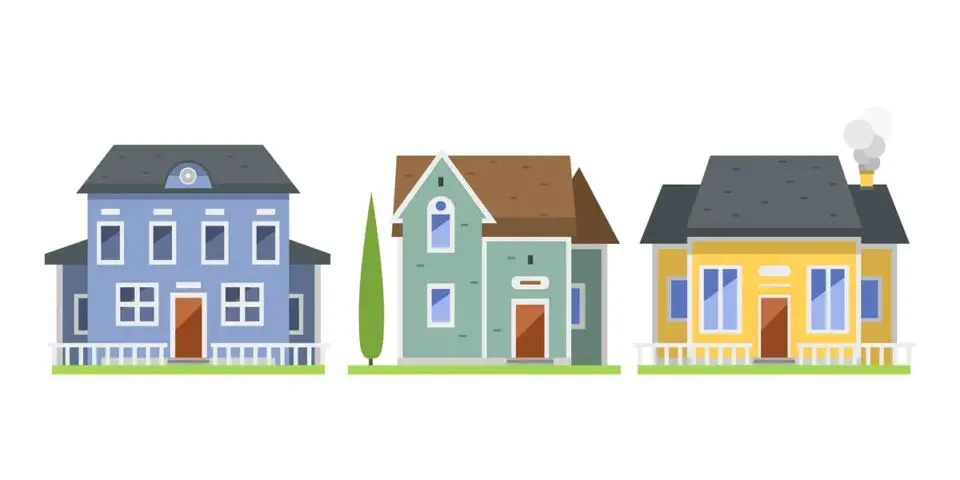by Thomas D. Elias August 30, 2023
https://thecoastnews.com/elias-housing-density-rebellion-has-a-chance/
A new study reveals that the vast majority of California’s most regular voters have a large stake in matters of preserving neighborhood character and ambiance. Stock image
Every poll shows most California adults favor the housing density laws that have emerged from the state Legislature with great regularity and fanfare over the last three years.
Despite those findings, often showing 60% or more in favor, the rebellion against those laws has a decent chance of success.
It’s a matter of what’s at stake and who will eventually vote on the potential landmark initiative to cancel out the new laws where they conflict with local land use ballot measures passed in many cities and counties.
Polling on housing density laws has usually been done in general terms, with brief explanations of the new measures not mentioning the instability and constant variation in need estimates from state government.
Those surveys often don’t distinguish likely voters from residents who aren’t even registered to vote.
Nor do they note whose life savings are invested in their homes and who is now renting. They also do not mention the changes already wrought by the new housing laws in many once-bucolic neighborhoods.
But there’s a way to evaluate who might vote and how they’ll lean if the new initiative, which states simply that “local land use planning or zoning initiatives approved by voters shall not be nullified or superseded by state law,” makes the November 2024 ballot:
Check out what their stake might be in its outcome.
This is where things begin to look optimistic for the measure. A new study from the UC Berkeley Institute of Governmental Studies reveals that the vast majority of California’s most regular voters have a large stake in matters of preserving neighborhood character and ambiance.
Only 39% of registered voters have voted in at least five of the last seven elections, thus making them almost certain to vote next fall in the presidential election of which this initiative seeks to be part.
Out of that 39%, 7 in 10 are 50 or older and 7 in 10 are also white. Fully 68% of this cohort own their homes, and 55% are college graduates.
Taken together, these facts indicate a large percentage of those certain to vote will feel they have a large stake in defeating this measure.
Yes, for some, laws like 2021’s SB 10, which allows as many as six dwelling units on virtually all lots that now hold just one home, represent a chance to sell out to a developer and get rich quickly, as their age and home ownership status often has provided them significant equity they can now cash out.
But for the many who plan to stay put the rest of their active lives, neighborhood stability will be a major interest.
The currently proposed initiative is an effort to assure such stability, even if some call the status quo racist and exclusionary.
(The measure is now undergoing the state’s normal title and summary process in the office of state Attorney General Rob Bonta, a firm advocate of the laws this measure could cancel. Time will reveal the fairness of his work on this and whether it encounters a legal challenge.)
The Berkeley IGS study shows homeowners are more likely to vote in large numbers than any other single California grouping, regardless of race. Hundreds of thousands of Blacks and Mexican- and Asian-Americans own homes in California and want to preserve the character of places where they have invested.
Add to this the utterly whimsical numbers game played by the state’s Department of Housing and Community Development (HCD), in charge of enforcing the new laws, which amounts to a one-size-fits-all plan for increasing California’s housing density in current cities while leaving outlying exurban lands largely vacant.
Back in 2018, Gov. Gavin Newsom claimed the state needed to build 3.5 million new dwellings by 2030, or about 300,000 per year.
Even during today’s housing boom, only a fraction of that much has been built each year since. Meanwhile, HCD has revised its estimated need, first to 1.8 million, and now to 2.5 million.
All of which might leave voters scratching their heads, especially those who already doubt the wisdom of greater density.
Put it all together, and this measure definitely has a chance.
Email Thomas Elias at tdelias@aol.com.



